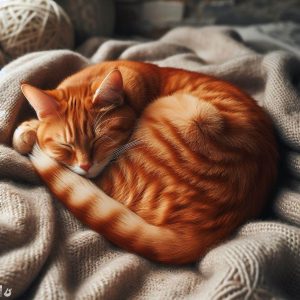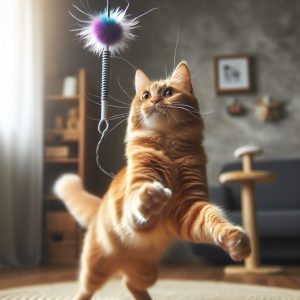Have you ever caught your cat tucked into a tight furry mound staring blankly under the dining table or perched in a sunbeam on the couch? Their paws all hidden and back legs splayed out straight behind?
Wondering…why this funny loaf shape emerges instead of them stretching out? And what’s with all the restless paw kneading and circling that precedes settling into these bizarre but cute poses?
Let’s unravel the science behind this quirky cat ritual of spinning, smushing and finally “loafing”!
The Origins of Feline Loafing Behaviors
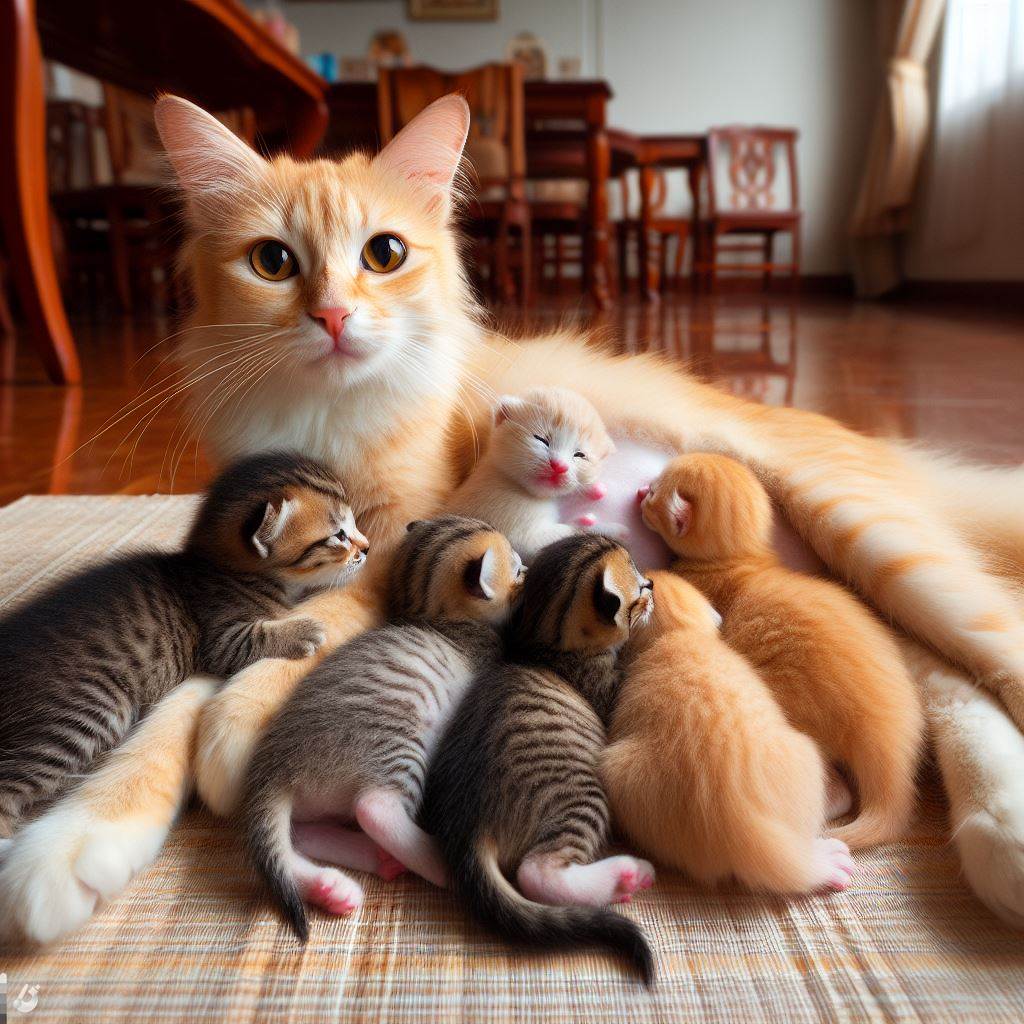
While loafing looks pretty goofy to humans, the roots of this instinctive cat routine likely trace back generations as kittens.
You see, newborn cats lack precision motor control and eyesight. So as they discover mama’s milk source, awkward stomping around and incessant pawing ensue trying to get latched on for vital nourishment.
This exploratory kneading and “making biscuits” imprints neurological signals for a lifetime – even when no milk is involved as adults!
Let’s break down exactly what’s behind this muscle memory…
Why So Much Paw Play Precedes Cat Loaves?
Right before settling into loaf form, most cats first compulsively push-pull their paws against soft surfaces while pacing in circles.
Vets theorize several possible reasons for this quirky pre-loaf ritual:
- Kneading mimics youthful attempts to find milk while nursing
- It marks territory by leaving scent from foot pads
- Circular motions check for safety threats beforehand
- It tests cushioning before heavier loafing commitment
But perhaps the simplest explanation?…
Cats paw around trying to flatten lumpy areas in beds, clothes piles, sofa cushions etc to create an oval crater perfectly contoured for loafing!
Why Tuck Paws Underneath While Loafing?
The final signature bake step – tucking paws completely out of sight while hunkered down – also traces back to kittenhood.
You see mother cats use strategic floor nursing positions to maximize milk flow for whole litters. Better elevation is achieved tucking paws underneath rather than splaying legs out.
This instinctive posture gets imprinted for life.
Even fixed adult cats with no maternal goals still default to “useless” paw tucking when opting to loaf for naps or while intently surveying territory perches.
Let’s explore why this trend persists next…
What Loafing Communicates About Your Cat
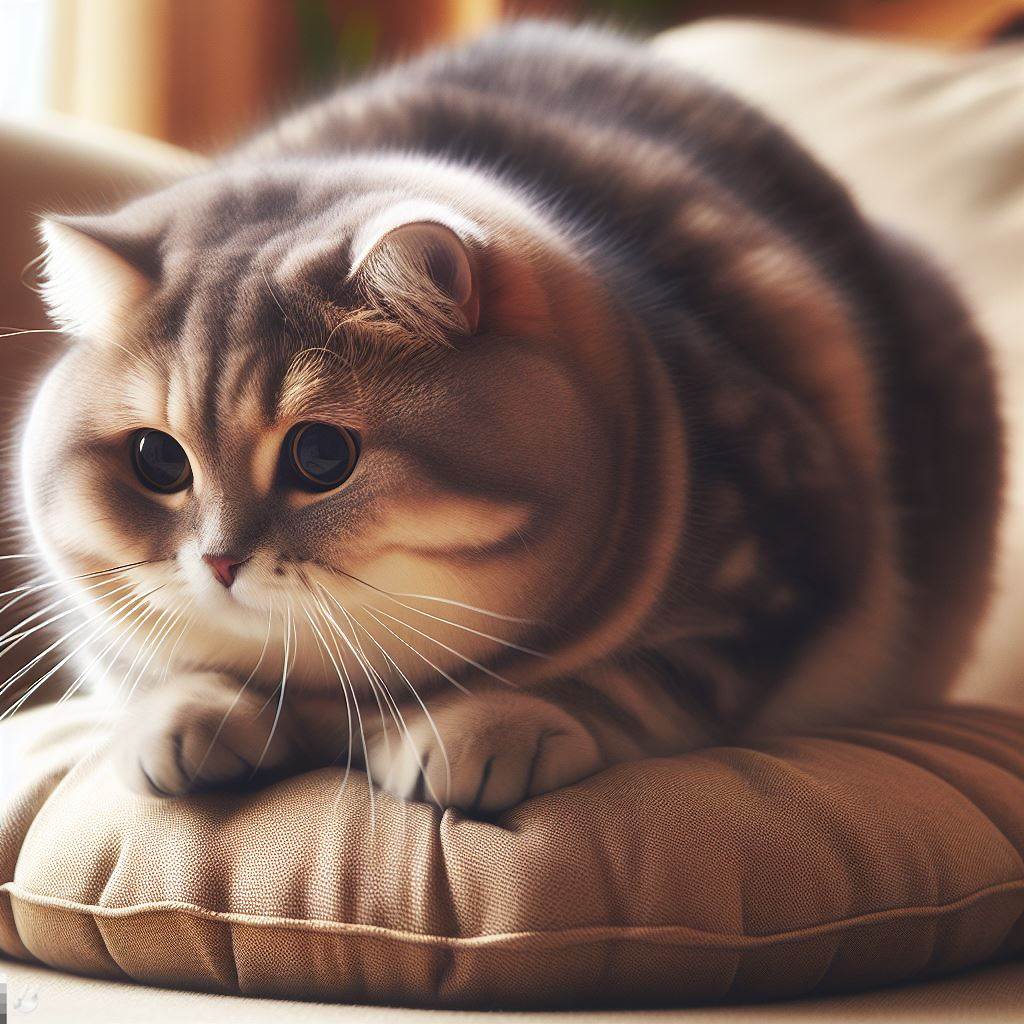
Beyond the evolutionary origins, consider what kitty loafing signals about their current mindset and environment.
The key insight? Cats only loaf when feeling completely safe and comfortable!
After all, tucking paws disables their primary defense tools like claws, battiness, and escape reflexes.
Loafing demonstrates cats have temporarily dropped guard – a sign they perceive surroundings as non-threatening.
It’s quite the compliment when cats choose to “bake” themselves vulnerably in your presence!
Loafing As Environmental Temperature Regulation
Along with safety implications, compact loaf shape and eliminated limb surface area aids body heat conservation similar to mittens on humans.
Cats struggle maintaining ideal 98-102°F body temperature. Loafing retains core warmth by stopping heat loss through paw pads.
This allows blissed out cat naps even on cold tile floors.
(Fun fact: The extra insulation from tucked furry feet likely inspired a certain thermal boot brand name – Ugg!)
Loafing As Social Bonding
Consider it a badge of honor when your cat loafs nearby while you work or watch TV.
This cat sign of trust cements human-feline bonds emotionally by signaling safety/comfort in the relationship.
So feel grateful when your fur baby ceremoniously paws around before bestowing a precious loafed nap presence upon you!
Where Do Cats Most Commonly Loaf?
While loaves can technically emerge anywhere cats feel secure, favorite locations exist:
On/In Bedding
Don’t be surprised to find cat loaves smack dab in the middle of your bed. Soft, warm, scent-marked blankets are naturally appealing places to bliss out when off duty from patrolling territory.
Sunbeams
Bright squares of sunshine not only represent prime napping spots but also rapidly heat snoozing surfaces. Cats will soak up the free solar warmth through radiation while paw tucking retains extra coziness.
High Perches
Elevated cat trees or furniture tops allow surveying the home’s activity while tucked safely out of harm’s way. Cats can scope any threats before dozing off.
Hidey-Holes
Don’t overlook enclosed napping places like under tables, inside open boxes/bags, behind furniture etc. Sheltered sides simulate protective tunnels from ancient desert cat ancestors.
Now that you know the origins and motivations behind this quirky creature comfort…
How Can You Encourage Quality Kitty Loafing At Home?
Top 7 Tips For Loafer-Friendly Cat Environments:
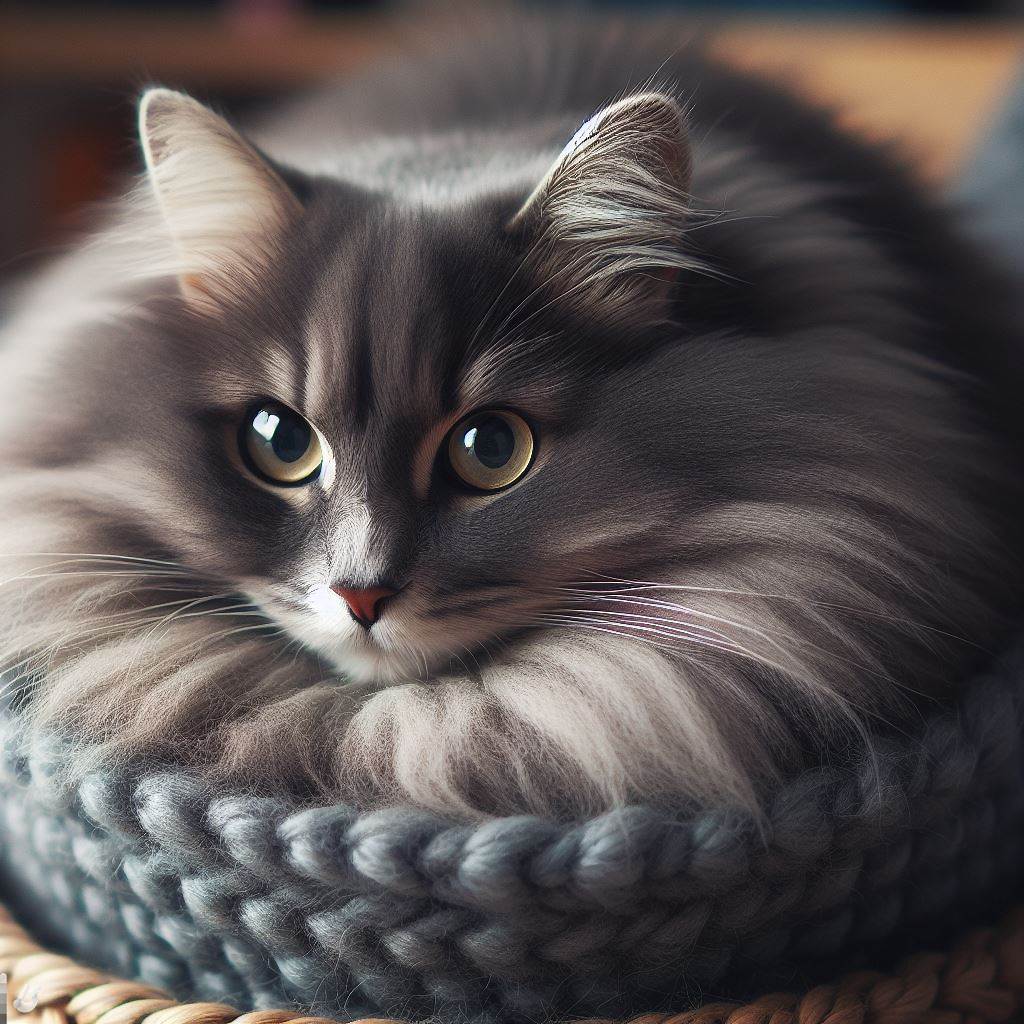
1. Add Soft Blankets Over Hard Surfaces
Layering cushy microfleece, faux furs or quilts over countertops/shelves creates knead-worthy landing pads suitable for optimal loafing.
2. Position Cat Trees Near Windows
Allowing warmth-soaking sunbeam access plus entertaining views of neighborhood birds/squirrels sweetens potential perch loafing spots.
3. Buy Hideaway Cat Beds/Tunnels
Enclosed donut beds or cardboard tunnels simulate secure cave-like spaces where shy cats initially prefer loafing before venturing out.
4. Rotate Novel Textures
Occasionally swap furry blankets for wool, corduroy or velour fabric to spark curiosity loafing “test sessions” across various napping surfaces.
5. Add Catnip Spritzes
A light misting of liquid catnip extracts helps immerse even veteran cats back into kitten-like playfulness perfect for spurring impromptu floor loafing.
6. Limit Loud Noises
Prevent vacuum cleaners, TV blasting, rowdy kids etc in whatever room you hope to encourage calm cat loaves. Silence signals safety.
7. Use Calming Feline Pheromones
Plug-in or wearable pheromone diffusers help indoor cats feel extra secure from stress triggers that might inhibit loafing.
Let’s recap the key insights into this funny feline phenomenon…
The Takeaway: Loafing As Communication
Hopefully you now better understand the embedded origins and cozy motivations behind cats kneading blankets and circling endlessly before finally parking into these cute baked bread poses!
While silly looking to humans, this ritualistic feline routine signals:
- Safety & comfort in their environment
- Trust in surrounding people/animals
- Temperature regulation need
- Imprints of positive neonatal associations
So consider yourself lucky if your cat frequently lays out little loaf gifts across your home!
It means they feel happy and at-ease in your sacred shared territory together.
Reward such vulnerable displays by keeping things calm, quiet and extra cuddly for your feline friend!
And never disturb napping loaves – those are precious bonding moments to cherish!
Now go appreciate the adorable (if slightly awkward) way your furry buddy occupies their mini-verse!

